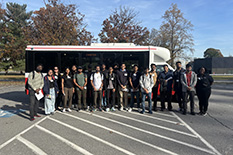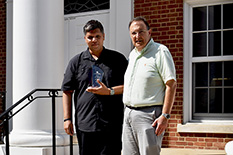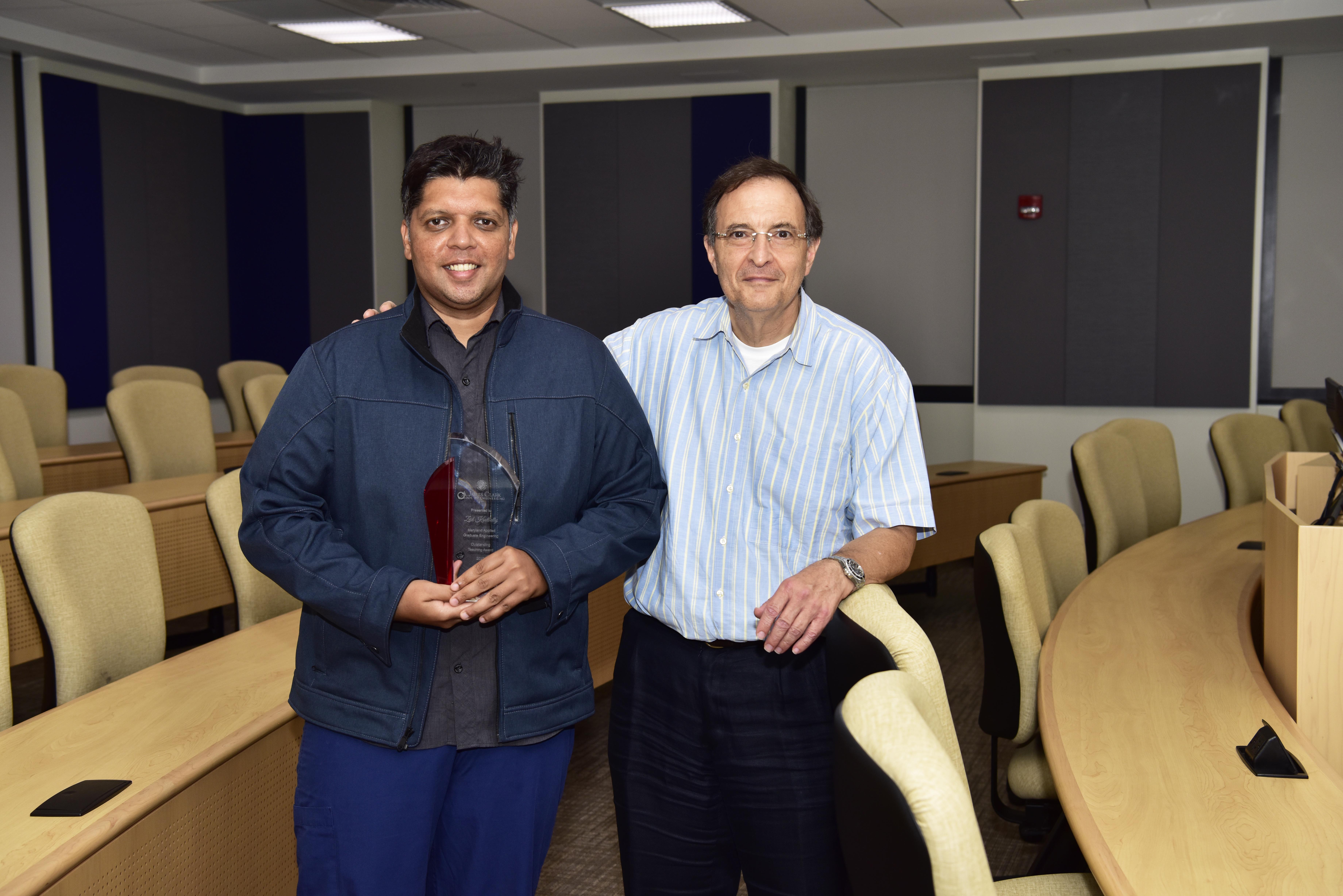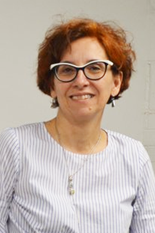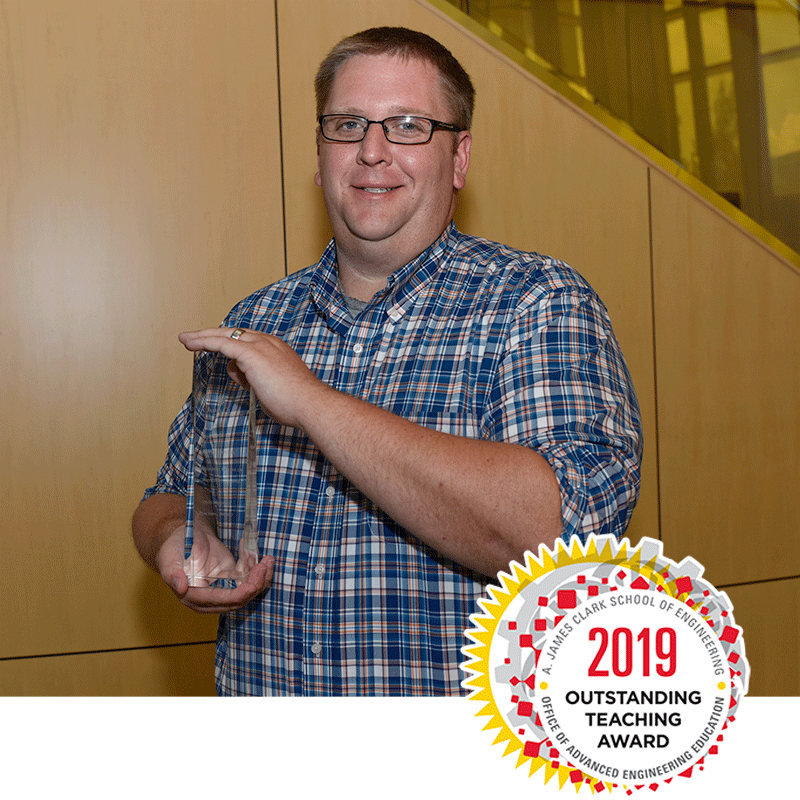News Story
The Three E's

MAGE faculty member Dr. Tony Barber
“Representation matters in the classroom, in Science, and in Technology,” says Professor Tony Barber. And as a Black professor of engineering, he finds himself both embodying that representation and continuing to push for it inside and outside of the classroom.
Barber attributes his success breaking into STEM, in part, to a program at the University of South Carolina, where he completed his undergraduate coursework. The program encouraged and guided students as they finished high school and pursued mathematics-focused disciplines in college. “I definitely wasn't the first, but I was one of a few that graduated,” he says of his cohort in the program. “I immediately moved up to this area and I started working at Booz Allen right out of college as a consultant.”
In his professional work for agencies such as the U.S. Department of Defence and the U.S. Census Bureau, Barber strives for developing the engineering workforce. “I have to learn how to be the best steward of my abilities to eliminate [shortfalls] in solutions. My job is not to weigh in on public policy or politics. It is important to understand how you fit within the mission.”
“I have to learn how to be the best steward of my abilities to eliminate [shortfalls] in solutions. My job is not to weigh in on public policy or politics. It is important to understand how you fit within the mission.”
Dr. Tony Barber
At Maryland Applied Graduate Engineering, the entrepreneurial program of the A. James Clark School of Engineering, where he teaches model based systems engineering, quality engineering and design of experiments for Maryland Applied Graduate Engineering, Barber imparts the importance of differing viewpoints to his students. “I always call it the three E's: experience, education and exposure.” Education is the foundational knowledge and experience is the knowledge you gain working in the field. The third component, exposure, is seeing how other engineers approach and solve problems, what education and experience they bring to their solutions.
“It's like a pure form of creativity,” Barber says of engineering solutions. “But if you don't see anything other than the same thing over and over again, when you do come across something that's different, you don't quite know how to flex that brain power, that knowledge in order to make it effective.” Barber believes that encouraging and guiding all engineering students now will lead to “new generations of leaders that will enter the industry and drive innovation.”
In addition to encouraging new and improved engineering solutions, Barber is a role model to other Black engineers who are just starting out in their careers. “I continue to give back by mentoring a lot of folks that look like me so that they can see that they can achieve just like I achieved.” Barber keeps in touch with many of his former students, checking in to see where they are in their blossoming careers and continuing to encourage them.
Published January 31, 2022

